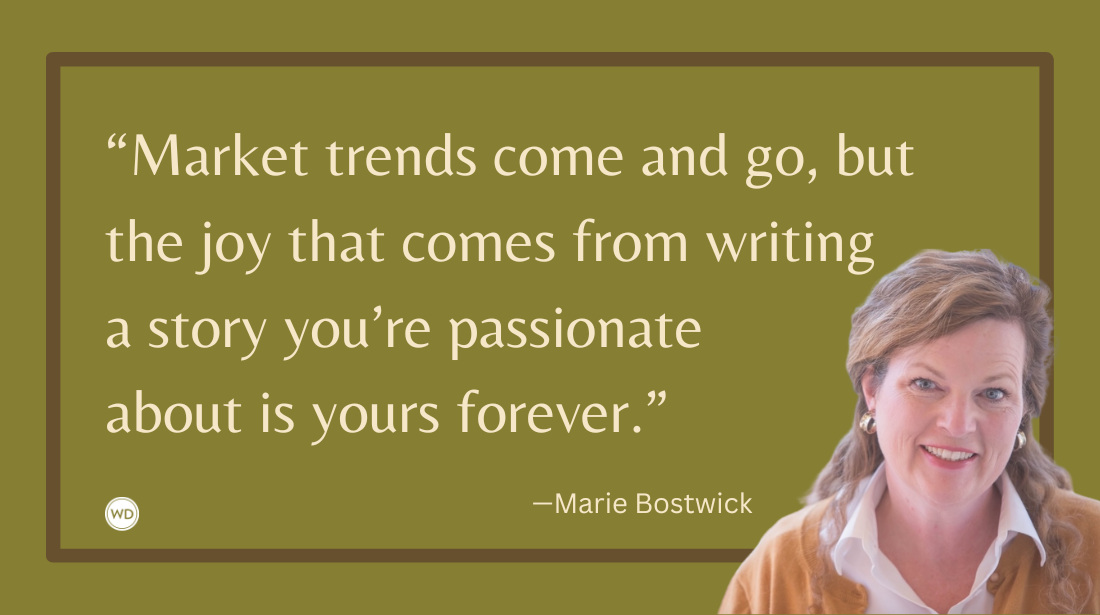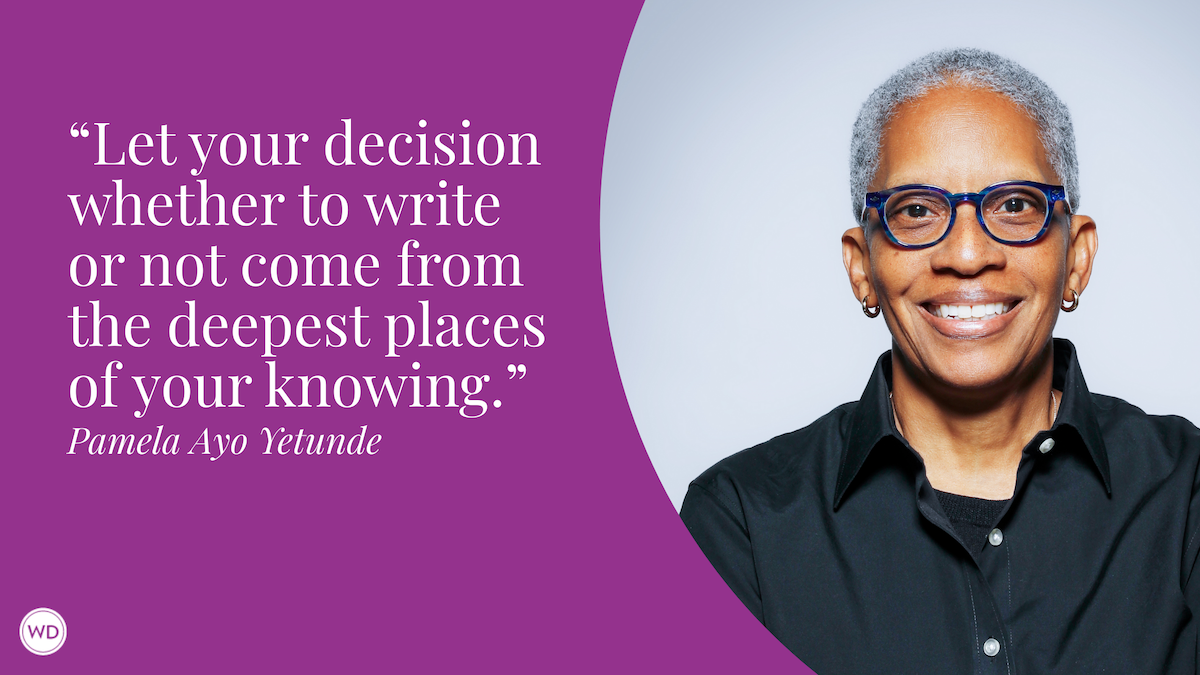Paisley Rekdal: Writing About Appropriation and the Creative Process
In this post, Paisley Rekdal shares why she started writing on appropriation in literature, what unexpected things she learned about appropriation and the creative process, and more!
Paisley Rekdal is the author of 10 books of poetry and nonfiction. A former recipient of Guggenheim and NEA fellowships, she is Distinguished Professor of English at the University of Utah and is the state’s poet laureate. She lives in Salt Lake City.
In this post, Rekdal shares why she started writing on appropriation in literature, what unexpected things she learned about appropriation and the creative process, and more!
*****
Name: Paisley Rekdal
Title: Appropriate: A Provocation
Publisher: W.W. Norton
Release date: February 16, 2021
Genre: Nonfiction/Creative Writing Studies
Previous titles: Nightingale; The Broken Country: On Trauma, A Crime, and the Continuing Legacy of Vietnam; Imaginary Vessels; Animal Eye; Intimate: An American Family Photo Album; The Invention of the Kaleidoscope; Six Girls Without Pants; and A Crash of Rhinos.
Elevator pitch for the book: A timely, nuanced examination of what constitutes cultural appropriation in literature, and the costs, consequences, and benefits of artistic appropriation.
(WD uses affiliate links.)
What prompted you to write this book?
After 25 years of teaching, and over 30 years of poorly managed conversations and debates about what constitutes cultural appropriation in literature, I wanted to sit down and articulate—for myself, if for no one else—what literary appropriation is. Is it always wrong? What does “wrong” mean? Can an appropriative work both be artistically successful and an ethical failure? And what would “failure” mean, exactly?
How long did it take to go from idea to publication?
The book was written over a three-year period and I changed my mind constantly. This is entirely due to the subject matter itself: a “yes/no” debate around cultural appropriation would be absurd and force me and readers into untenable positions, so I had to take a more complex series of questions into consideration.
What desires—personal and cultural—may be on display in a work of art engaged in appropriation? Are there any other terms we could use to distinguish between literary works that appropriate, or approximate, identities respectfully and works that do damage? Are there actual strategies that writers could imagine and take that would lead to better (i.e., more realistic, humane and true) portrayals of people outside their own identity categories?
Were there any surprises or learning moments in the publishing process for this title?
The biggest surprise for me was finding out how many people wanted to talk about appropriation! I knew writers were debating and agonizing over it in conferences, in classrooms and on text threads. But once friends knew I was writing this book, I started getting questions from small companies wanting to change their logos and parenting groups worried about whether their kids’ Halloween costumes were racist.
Were there any surprises in the writing process for this book?
I thought I would end up having a very negative view about appropriation as a whole, largely because my own experience of seeing appropriative work out in the world was negative—we usually publicize the massive, if accidental, failures rather than the successes. But the more I spent time thinking about appropriation, the more I saw it as a process each one of us is engaged in, either consciously or unconsciously.
Appropriation is deeply tied into the artistic practice itself, and the idea that only one group or kind of people can appropriate misses how appropriation is a tool everyone uses, if with different cultural effects. Appropriation is, finally, about the fluidity of power, and the transgressive nature of art itself.
What do you hope readers will get out of your book?
I hope readers will start seeing the value of close-reading poems, stories and novels. One of the things I enjoyed the most about writing this book was spending time close-reading characters and poems to understand why a specific appropriative work “succeeded” or “failed.”
When faced with problematic books, we have a tendency to treat the whole text as a problem or to read with an eye for arriving at only one answer. But books contain both positive and negative portrayals; they often move and repel us at the same time. Close reading and patience are necessary skills for writers, and anyone interested in art and literature.
If you could share one piece of advice with other authors, what would it be?
Read. Read everything. And then read some more.
*****
This course will demonstrate that the best way to become a good writer is to study the writing of others, especially the work of the masters. Because there are no hard-and-fast rules to writing, it’s important to study what other writers have done and how they consciously make narrative decisions and meticulously select details based on audience and purpose.
Robert Lee Brewer is Senior Editor of Writer's Digest, which includes managing the content on WritersDigest.com and programming virtual conferences. He's the author of 40 Plot Twist Prompts for Writers: Writing Ideas for Bending Stories in New Directions, The Complete Guide of Poetic Forms: 100+ Poetic Form Definitions and Examples for Poets, Poem-a-Day: 365 Poetry Writing Prompts for a Year of Poeming, and more. Also, he's the editor of Writer's Market, Poet's Market, and Guide to Literary Agents. Follow him on Twitter @robertleebrewer.








